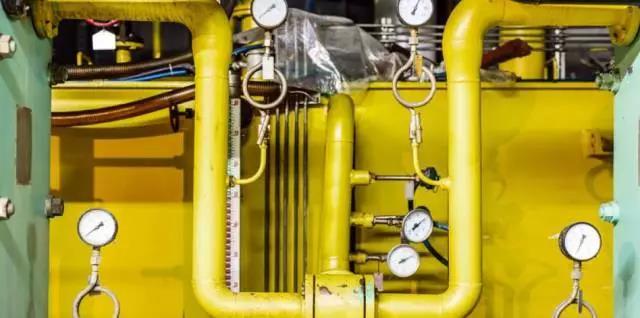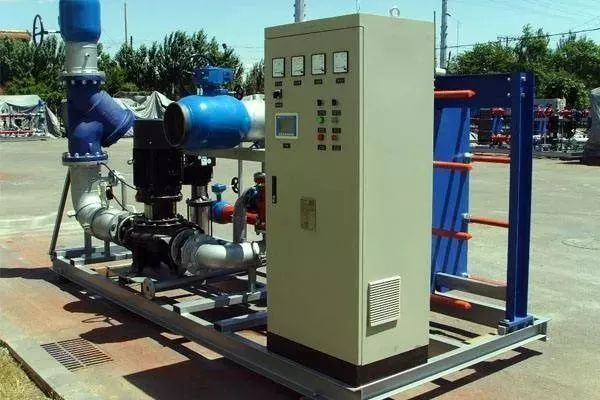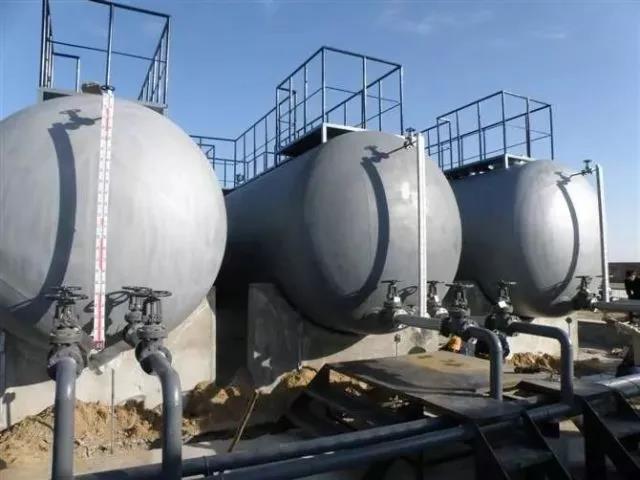Field instruments are divided into two categories: instrumentation and actuators. The detection instruments include: temperature detection instrument, pressure detection instrument, flow detection instrument, liquid level detection instrument, and component analysis instrument. Actuators include: Pneumatic actuators, electro-pneumatic converters, valve positioners, electric actuators. Each type of field instrument can be classified according to the measurement principle.

The flow meter is as the name suggests to measure the flow.
Flow measurement is the science of material quality change. The law of quality mutual change is the basic law of the development of the relationship between things. Therefore, the measurement object is not limited to the pipeline liquid in the traditional sense. The flow measurement problem is wherever there is a change in volume. Flow, pressure and temperature are listed as three major test parameters. For a certain fluid, as long as you know these three parameters, you can calculate the energy it has. These three parameters must be detected in the energy conversion measurement. Energy conversion is the basis of all production processes and scientific experiments, so flow is the most widely used for pressure and temperature instruments.
When selecting flow meters, we often fall into such a misunderstanding.
Blindly superstitious imported
A large number of people think that imports are definitely the best. The author's experience in flow meter for more than ten years has confirmed that the domestically produced is the most cost-effective (except for the flowmeters that cannot be produced domestically); the imported instruments are not only expensive but also expensive after the purchase of their products. It's also hard to guarantee (a small accessory has to wait for a month, and you have to pay tens of times the domestic price)
Superstitious is good
There are two reasons for the expensive in the flow meter: one is the pricing method of the manufacturer; the other is because the total production is too small, and can only increase the profit by increasing the single profit.
Blind superstition a flowmeter manufacturer
Some people have purchased a flowmeter from a manufacturer and believe that both parties have established a certain reputation. They do not know that the flow meter is also a large family of nearly one hundred products. No domestic flowmeter manufacturer dares to say us. What flow meters can be produced. This can be reflected in their selling price and future after-sales service.
Blind selection of new flowmeters
Don't be fooled by the factory clerk, they are often taking experiments with you. Maybe the calibration before leaving the factory is qualified, but is it reliable for long-term operation? Can you really meet your requirements? After all, the upgrade of the flowmeter is not as fast as mobile phones and TVs, and the old ones can stand the test of the market!

Pressure gauges are widely used in the production of chemical, petroleum, metallurgy, mining, electric power, etc. It is the most commonly used measuring instrument for displaying and controlling pressure. It is like a human eye and plays a huge role in the production process of enterprises.
When selecting pressure gauges, we often fall into such a misunderstanding.
Selection of pressure gauge: ordinary pressure gauge is used regardless of medium
The spring tube of the ordinary pressure gauge is copper. If it is used on corrosive media, the service life of the pressure gauge will be greatly reduced. A chemical company sent 15 pressure gauges at a time. After inspection, repair and verification, only 3 were qualified. The rest of the pressure gauges were scrapped due to corrosion or damage of the spring tubes. After the selection of the stainless steel pressure gauge, there is no phenomenon that the pressure gauge is scrapped due to corrosion.
Pressure gauges with frequent pressure changes
In some compressors or pumps, the outlet pressure changes frequently, and a large-scale pressure gauge is used to prevent the damage of the pressure gauge. In fact, this method does not help. The transmission principle of the pressure gauge is that the deformation of the spring tube is meshed with the cylindrical gear through the sector gear and the needle is rotated by the oil wire. If the pointer of the pressure gauge is frequently rotated at a certain angle, the gear of this angle is worn and the movement is damaged. The position of the damaged pressure gauge of a liquefied petroleum gas company is always gear wear, and after replacing it with a shockproof pressure gauge, the effect is obvious.
In addition, the selection of the pressure gauge range in order to ensure that the elastic component can work reliably within the safe range of elastic deformation, the selection of the pressure gauge range depends not only on the magnitude of the measured pressure but also on the speed of the measured pressure. Leave enough room. When measuring the steady pressure, the maximum working pressure should not exceed 2/3 of the range; when measuring the pulsating pressure, the maximum working pressure should not exceed 1/2 of the range; when measuring the high pressure, the maximum working pressure should not exceed 3/5 of the range. In order to ensure measurement accuracy, the minimum working pressure to be measured cannot be less than 1/3 of the range.

The frequency converter is a control device that converts the power frequency electricity into other frequency power. With the continuous development and improvement of frequency conversion technology, the functions and advantages of frequency converters are constantly improved. Its energy-saving effects, soft-start functions, strong speed control functions, and good protection functions are among the advanced control technologies in the development of enterprises. Get a wide range of applications.
In order to save power, choose inverter
Many manufacturers and salesmen boast of how high the power-saving rate of the inverter is, and the users believe that it is true. In order to save power, the inverter is used at a high cost, but the result is disappointing. The power saving after using the inverter is determined by the type of load it drives. For the fan and pump load, the energy saving effect is remarkable after the inverter is selected, and for the constant power load and the constant torque load, the energy saving effect is much worse, and even the power cannot be saved.
Determine the inverter selection by the rated power of the motor nameplate
There is a certain theoretical basis for selecting the frequency converter according to the rated power. However, in many actual situations, the motor running richness is too large, or the motor is overloaded, so that the inverter selection is too large, resulting in economic waste, or frequency conversion. The selection of the device is too small, causing damage to the motor or the inverter to explode. The easiest way to estimate is that the inverter selection is based on 1.1 times the maximum operating current when the motor is running stably. If the mechanical equipment is of heavy duty type, the inverter needs to be amplified for the first gear.

A cryogenic valve is a valve that can be used under low temperature conditions. A valve that operates at temperatures below -40 °C is often referred to as a cryogenic valve. Cryogenic valves are one of the most important equipments in the petrochemical, air separation, natural gas and other industries. The quality of the products determines whether they can be produced safely, economically and continuously. With the development of modern technology, the use of cryogenic valves is becoming more and more widespread, and the demand is also increasing.
The valve material is low temperature steel and it is directly considered as a low temperature valve.
In fact, it is only a semi-finished product of a cryogenic valve, because it has not been subjected to cryogenic cryogenic treatment. It can also be said that cryogenic cryogenic treatment is the most important aspect of cryogenic valves. The key to cryogenic valves is cryogenic treatment, so as to ensure that the parameters of the cryogenic valves are met. Requirements, especially the expansion coefficient, will not cause various valve jams in use. Sometimes considering the price issue, we must also consider the quality of the valve. After all, cryogenic valves are special valves.
Not selected according to the measured medium
The cryogenic valve is mainly used to output liquid cryogenic media such as liquid oxygen, liquid nitrogen, and liquefied natural gas. If the material is unqualified, it will cause leakage or leakage of the casing and sealing surface; the comprehensive mechanical properties, strength and rigidity of the parts can not meet the requirements of use or even break. Therefore, in the process of developing, designing and developing LNG valves Material is the primary key issue.

Contact: Cherry
Phone: +86 156 9885 7812
Tel: +86 41183897455
Email: cherry@tereninstruments.com
Add: No75,HuiLi street, HuaNan industrial district,DaLian,China